Note: A previous version of this article saw me very strongly shouting that this is fake. However on further contemplation, since I did not conduct an actual test using acid or sandpaper, I feel I do not have enough grounds to call this a “fake”; more of a misrepresentation of what Damascus actually is.
I bought the “67 Layers Raindrops Pattern Damascus Gyuto Kitchen Chef Knife Vegetables Knives” from Lazada by Sandy.my, seeing how it’s supposedly “real 67 layers” and reinforced many times by the seller. On receipt and close inspection, this is clearly NOT a Damascus knife.
Seller claims this is a real 67 Layer Damascus
It’s not like I didn’t read the fine print. The seller outright claims that this is REAL 67 LAYER DAMASCUS STEEL many many times, in its product descriptions, in answers to customers, in their website, etc.
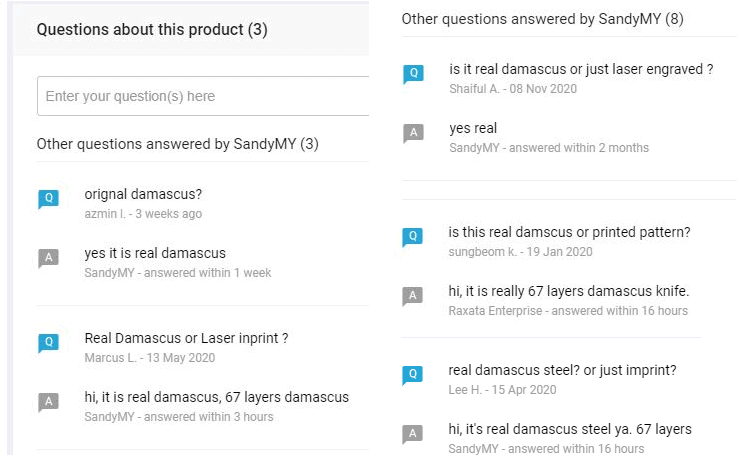
I initially thought that maybe this seller was bullshitting me. But I checked further and found out this “67 layer Damascus steel” is widespread online through various brands like Zelite, Zhen, Zulay, Sunlong, Grandsharp etc. And they all share a similar description:
“This knife is made from VG10 steel which is the center core of the blade, protected by 33-layers per side of SUS410 High Carbon Stainless Steel making a total of 67 layers.”
They can’t ALL be fake… right? Well… it depends on what you define as “fake”.
This “33+1+33” layered metal is absolutely NOT “Damascus steel”, for the simple reason it is not folded into patterns (see below) but just sandwiched with many layers (supposedly). Just because it has many layers does not make it a Damascus steel knife.
This is similar to using minced beef shaped as a ribeye and calling it a “beef steak”. NOT THE SAME.
So what is Damascus steel really?
“Damascus Steel” refers to a lost technique of folding different layers of steel to make high quality steel weapons. Modern-day techniques are similar, where they take many layers of steel, compress it, and fold it a few times. Kind of like puff pastry, come to think of it. This will always result in this kind of layered pattern:
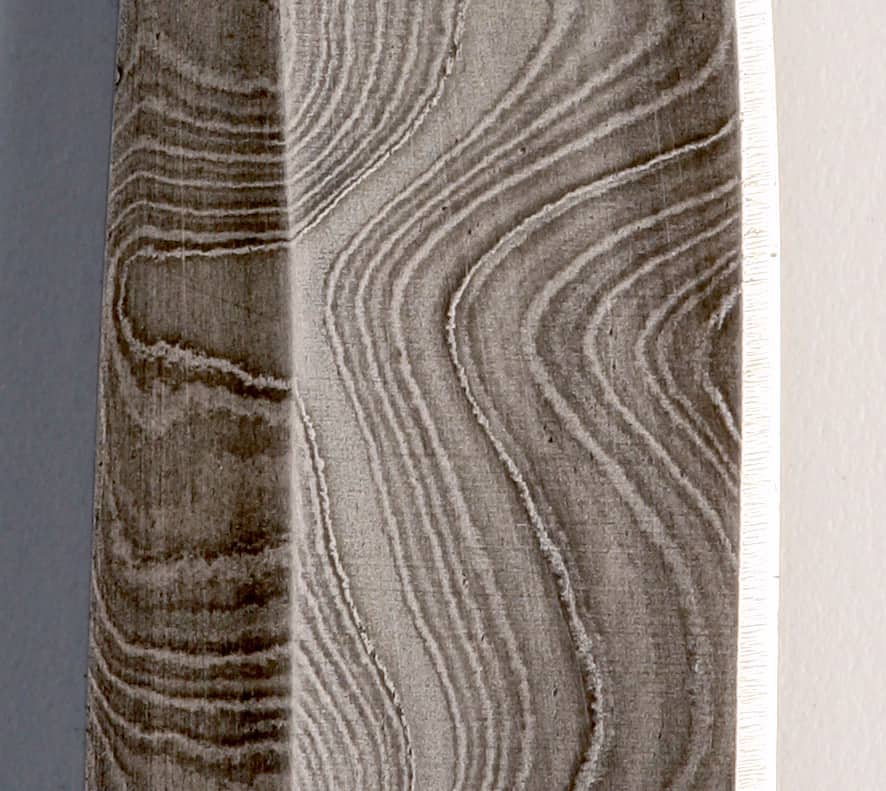
Watch this for an example of how Damascus steel (or more accurately, “pattern-folded steel”) is made:
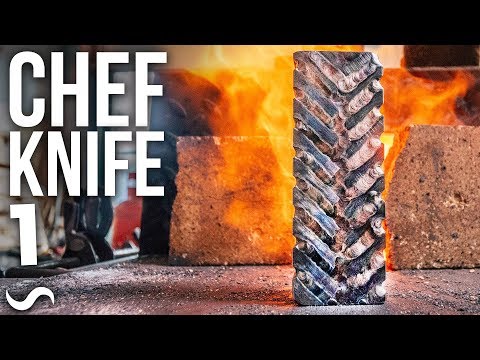
Now that we know how the forging method creates the “Damascus steel” pattern that we are so familiar with, you can know see that all these “67 layer Damascus steel” knives are all… well… NOT Damascus steel. It may have the Damascus pattern PRINTED/ETCHED onto it, but it’s most certainly not the real thing.
Neither side can prove it’s authentic
Pissed as I am, I can’t actually prove whether the knife I got truly has 67 layers or not, unless I sand off the pattern and/or dip the knife in acid. I’m unwilling to burn my money to damage the knife to prove my point; at this point I want to just refund the product and get my money back.
To readers of the original article: This is why I’m editing this article and my review on Lazada. I personally BELIEVE that this cannot possibly be called Damascus steel, but I simply cannot claim this knife is fake without actual proof, despite obvious appearances of this knife.
Where to get REAL Damascus steel knives
Since posting the first version of this article, I’ve found a Facebook Group for Malaysian Damascus Steel knives – PISAU DAMASCUS MAMPU MILIK. I wish I had found this group before buying the knife from Lazada. Super legit Malaysian blacksmiths selling REAL handmade Damascus steel knives for under RM500. Sample below, posted 19 Dec 2020, going for only RM280:
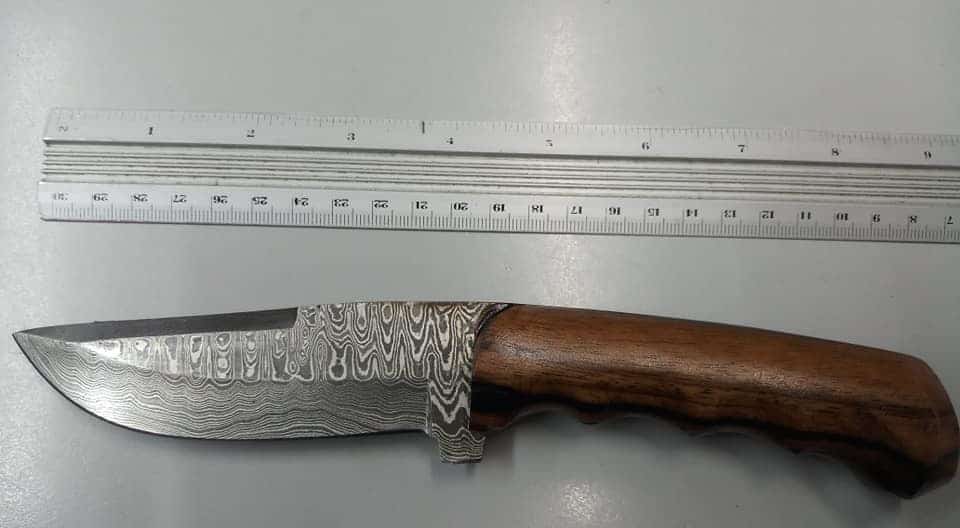
This experience has taught me many things, but at least I’m getting my money back and I found a legitimate source of true Damascus knives at very reasonable prices.
I hope this article has helped you too. Good day.

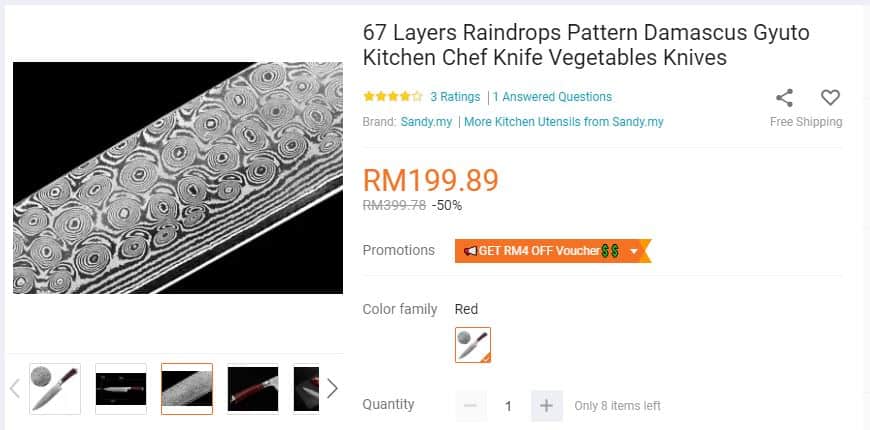
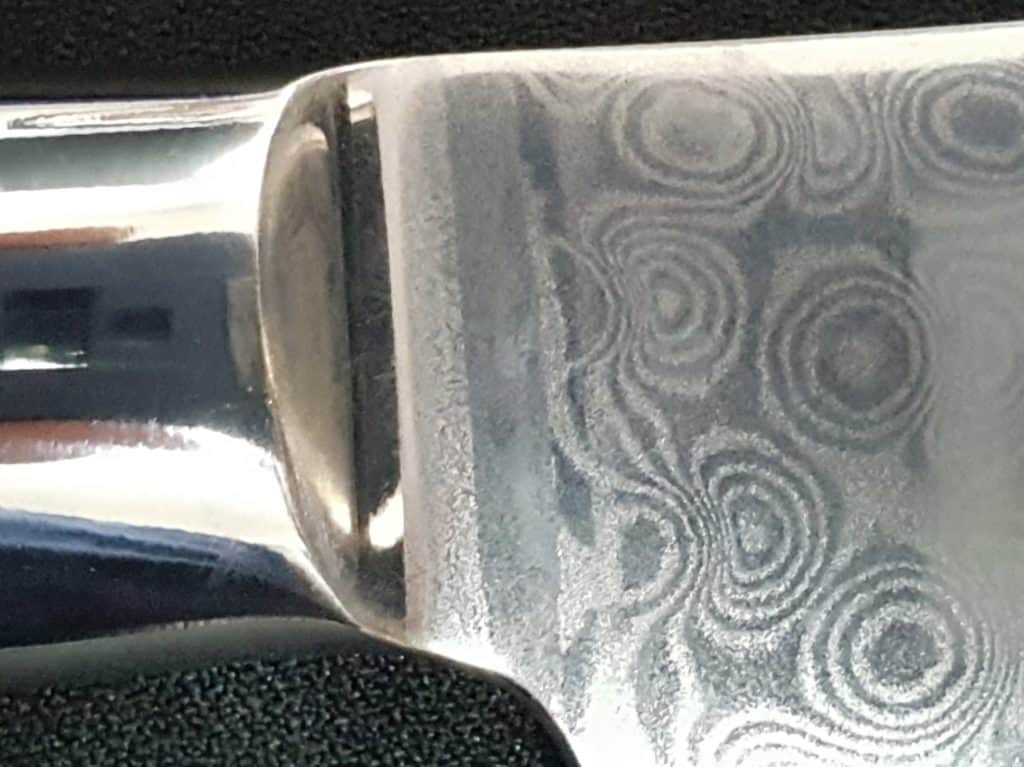

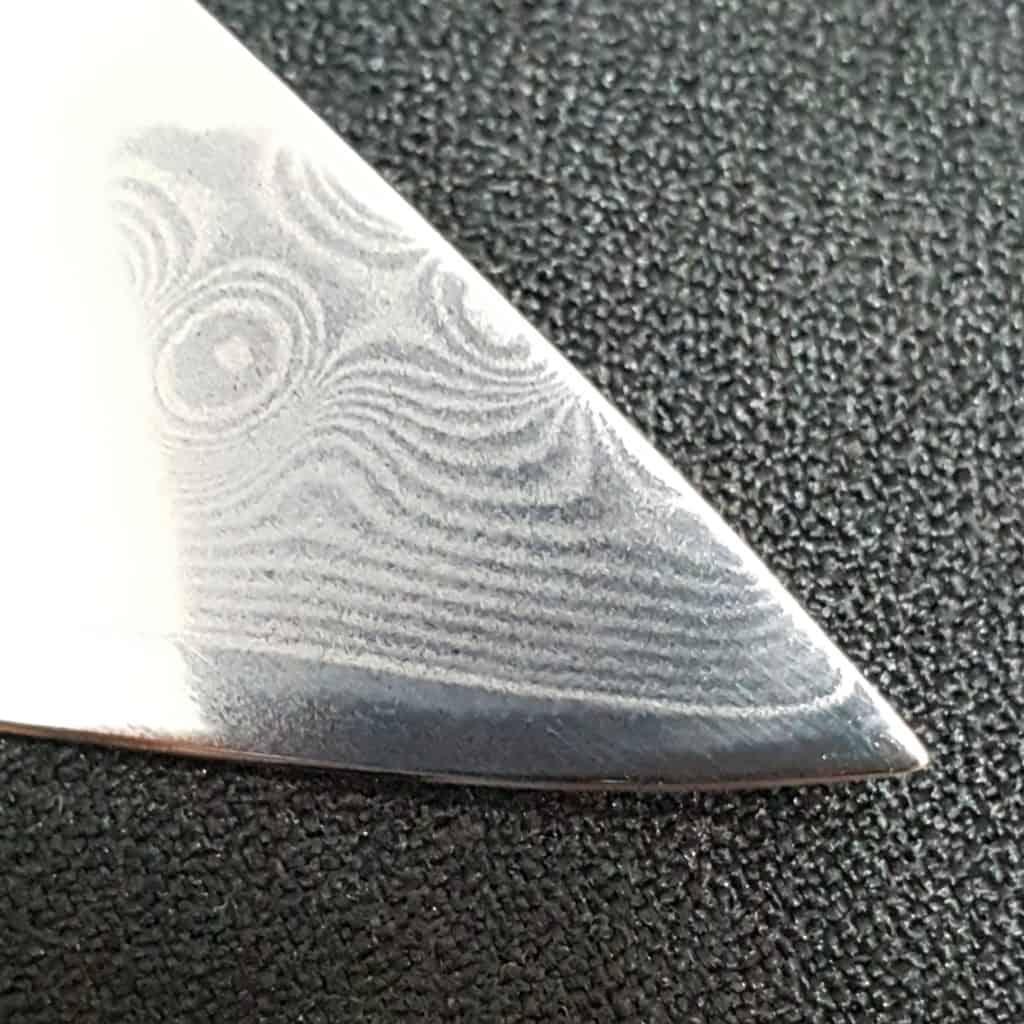
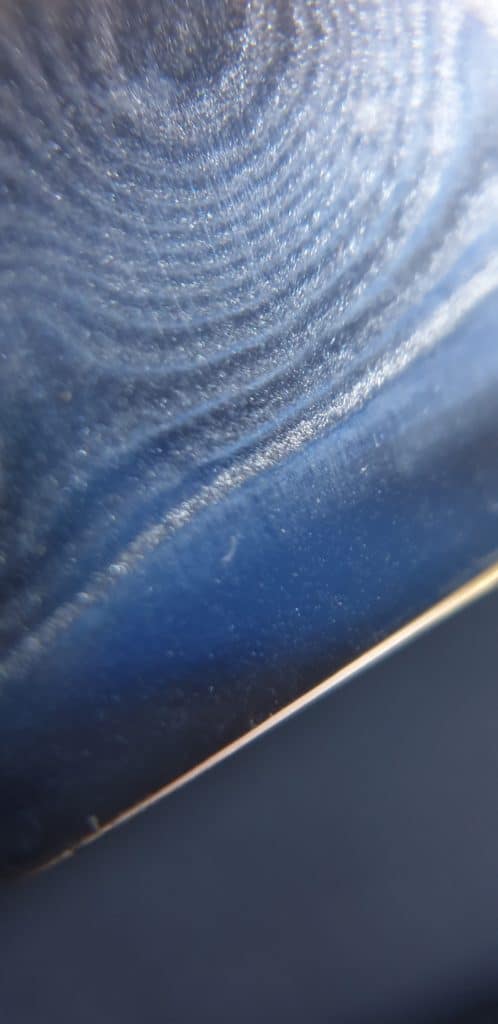




One Response
Good day to you!
After seeing your comments on the 67 layer issue, I wanted d to pose a few questions and render an opinion or two. As a bit of time has passed since you posted this, I hope I am not too late to b e relevant.
I trust you returned the knife, as I think you set it up to fail, before you reviewed it. The unfortunate modern corruption of the term ‘Damascus” is probably to blame. Today, two or more types of steel welded to form a visible pattern are called “Damascus’. True Damascus originated in Syria, forged from material most likely from bloomeries in India, and doesn’t resemble much of what we see today. This is a lot of historian “best guess”. The proper term to use today is ‘pattern welded’, but that lacks pizazz.
You mentioned sanding and re-etching your blade, why not? it would quickly answer your question , and provide a valid reason to either keep or return your blade
There are a lot of cheap , fake, pattern etched knives our there, usually from the slave nations of China, India , and Pakistan, these knives cost little and are priced so.
The VG-10 steel used in the Japanese knives is a very fine product developed primarily for kitchen knives. It may not all be Folded, but it is pattern weld, so for modern vernacular its ‘Damascus’.
I did enjoy you post, I discovered it when I started fitting and finishing scales on “ZHEN” 67 layer kits to gift family, and myself. I am very pleased with the results using my set almost daily.
Most people love their new knives, – until they get dull.